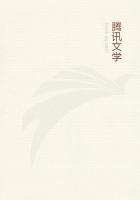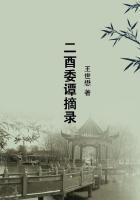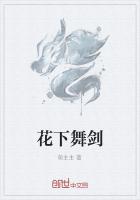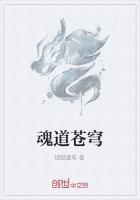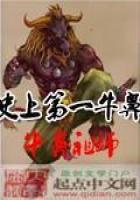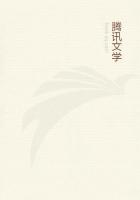"Upon the question of its style," says Mr.Poynter, from whose valuable account of the castle much information has been derived, "there is the evidence of two fragments discovered near this site, a corbel and a piscina, ornamented with foliage strongly characteristic of the Decorated English Gothic, and indicating, by the remains of colour on their surfaces, that they belonged to an edifice adorned in the polychromatic style, so elaborately developed in the chapel already built by Edward the Third at Westminster."The royal lodgings, Saint George's Hall, the buildings on the east and north sides of the upper ward, the Round Tower, the canons' houses in the lower ward, and the whole circumference of the castle, exclusive of the towers erected in Henry the Third's reign, were now built.Among the earlier works in Edward's reign is the Dean's Cloister.The square of the upper ward, added by this monarch, occupied a space of four hundred and twenty feet, and encroached somewhat upon the middle ward.Externally the walls presented a grim, regular appearance, broken only by the buttresses, and offering no other apertures than the narrow loopholes and gateways.Some traces of the architecture of the period may still be discerned in the archway and machecoulis of the principal gateway adjoining the Round Tower; the basement chamber of the Devil Tower, or Edward the Third's Tower; and in the range of groined and four-centred vaulting, extending along the north side of the upper quadrangle, from the kitchen gateway to King John's Tower.
In 1359 Queen Philippa, consort of Edward the Third, breathed her last in Windsor Castle.
Richard the Second, grandson of Edward the Third, frequently kept his court at Windsor.Here, in 1382, it was determined by council that war should be declared against France; and here, sixteen years later, on a scaffold erected within the castle, the famous appeal for high treason was made by Henry of Lancaster, Duke of Hereford, against Thomas Mowbray, Duke of Norfolk, the latter of whom defied his accuser to mortal combat.The duel was stopped by the king, and the adversaries banished; but the Duke of Lancaster afterwards returned to depose his banisher.About the same time, the citizens of London having refused Richard a large loan, he summoned the lord mayor, sheriffs, aldermen, and twenty-four of the principal citizens, to his presence, and after rating them soundly, ordered them all into custody, imprisoning the lord mayor in the castle.
In this reign Geoffrey Chaucer, "the father of English poetry," was appointed clerk to the works of Saint George's Chapel, at a salary of two shillings per day (a sum equal to 657 poundsper annum of modern money), with the same arbitrary power as had been granted to previous surveyors to impress carpenters and masons.Chaucer did not retain his appointment more than twenty months, and was succeeded by John Gedney.
It was at Windsor that Henry the Fourth, scarcely assured of the crown he had seized, received intelligence of a conspiracy against his life from the traitorous Aumerle, who purchased his own safety at the expense of his confederates.The timely warning enabled the king to baffle the design.It was in Windsor also that the children of Mortimer, Earl of March, the rightful successor to the throne, were detained as hostages for their father.Liberated by the Countess-dowager of Gloucester, who contrived to open their prison door with false keys, the youthful captives escaped to the marshes of Wales, where, however, they were overtaken by the emissaries of Henry, and brought back to their former place of confinementA few years later another illustrious prisoner was brought to Windsor--namely, Prince James, the son of King Robert the Third, and afterwards James the First of Scotland.This prince remained a captive for upwards of eighteen years; not being released till 1424, in the second of Henry the Sixth, by the Duke of Bedford, then regent.James's captivity, and his love for Jane of Beaufort, daughter of the Duke of Somerset, and granddaughter to John of Gaunt, to whom he was united, have breathed a charm over the Round Tower, where he was confined;and his memory, like that of the chivalrous and poetical Surrey, whom he resembled in character and accomplishments, will be ever associated with it.
In the "King's Quair," the royal poet has left an exquisite picture of a garden nook, contrived within the dry moat of the dungeon.
" Now was there made, fast by the tower's wall, A garden faire, and in the corners set An arbour green with wandis long and small Railed about, and so with leaves beset Was all the place, and hawthorn hedges knet, That lyf was none, walking there forbye, That might within scarce any wight espy.
So thick the branches and the leave's green Beshaded all the alleys that there were.
And midst of every harbour might be seen The sharpe, green, sweet juniper, Growing so fair with branches here and there, That as it seemed to a lyf without The boughs did spread the arbour all about."And he thus describes the first appearance of the lovely Jane, and the effect produced upon him by her charms:
"And therewith cast I down mine eye again, Where as I saw walking under the tower, Full secretly, new comyn her to plain, The fairest and the freshest younge flower That e'er I saw, methought, before that hour;For which sudden abate, anon did start The blood of all my body to my heart."Henry the Fifth occasionally kept his court at Windsor, and in 1416entertained with great magnificence the Emperor Sigismund, who brought with him an invaluable relic--the heart of Saint George--which he bestowed upon the chapter.The emperor was at the same time invested with the Order.
In 1421 the unfortunate Henry the Sixth was born within the castle, and in 1484 he was interred within it.
III.Comprising the Fourth Epoch in the History of the Castle--And showing how Saint George's Chapel was rebuilt by King Edward the Fourth.

